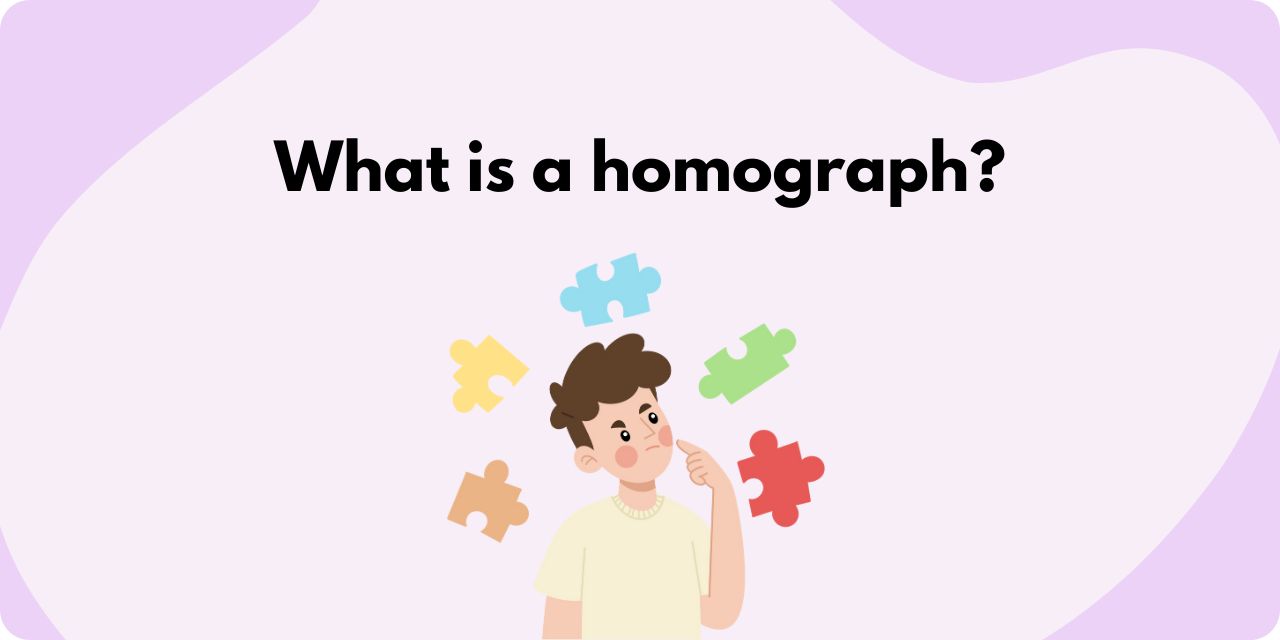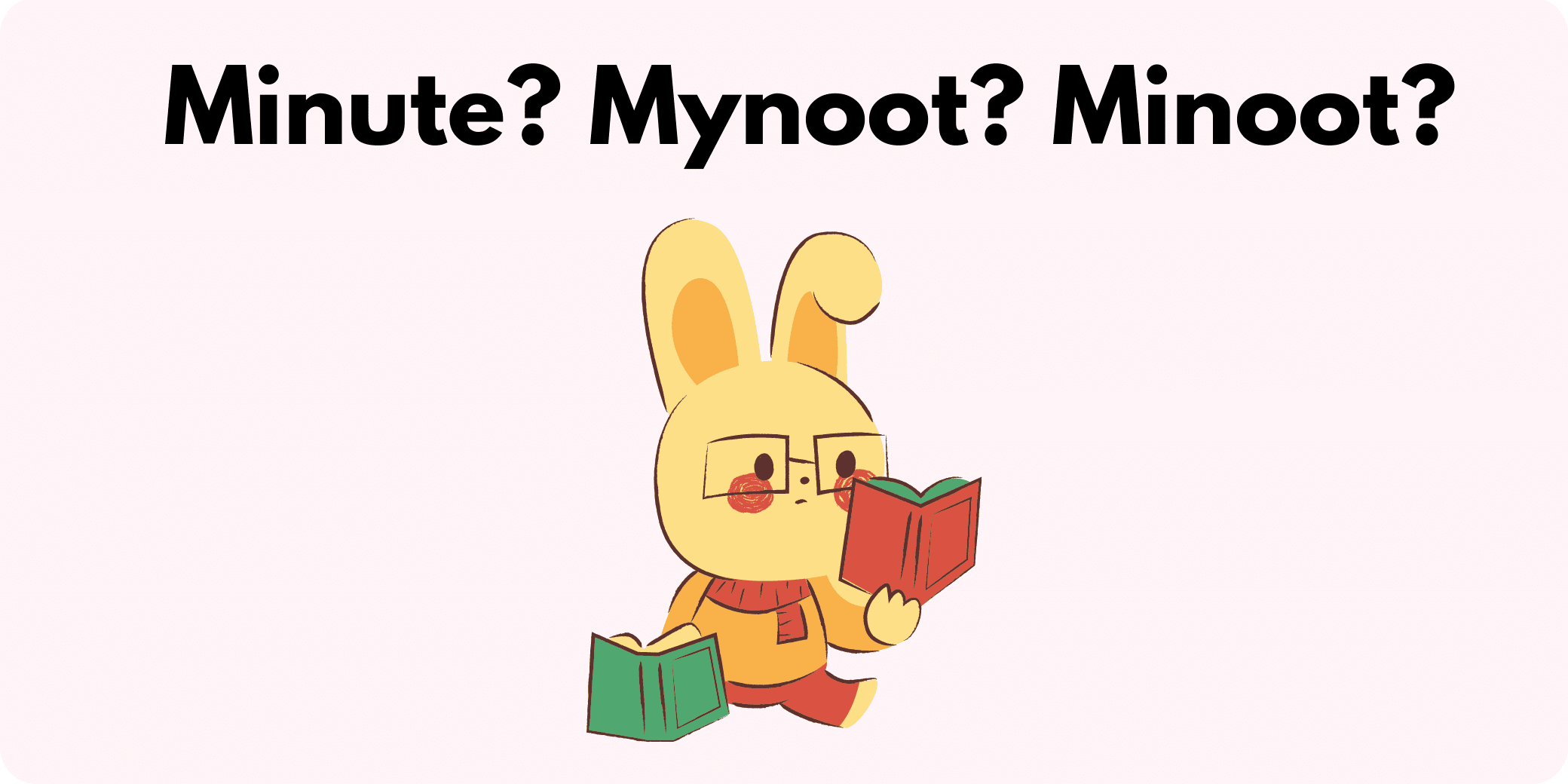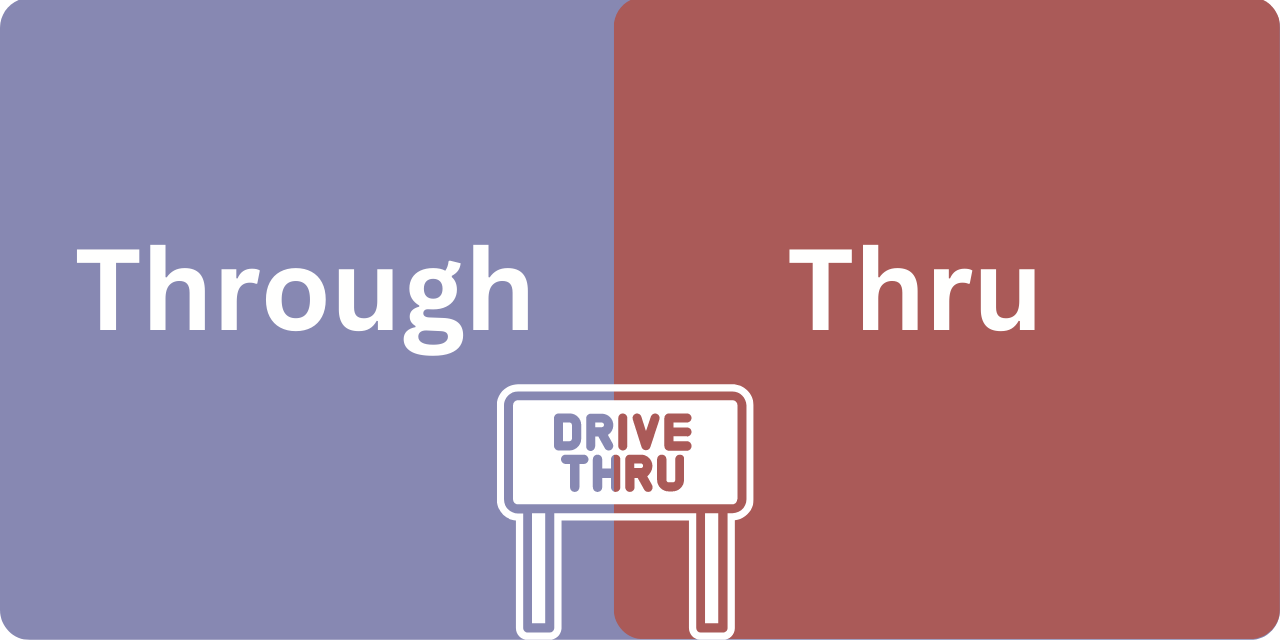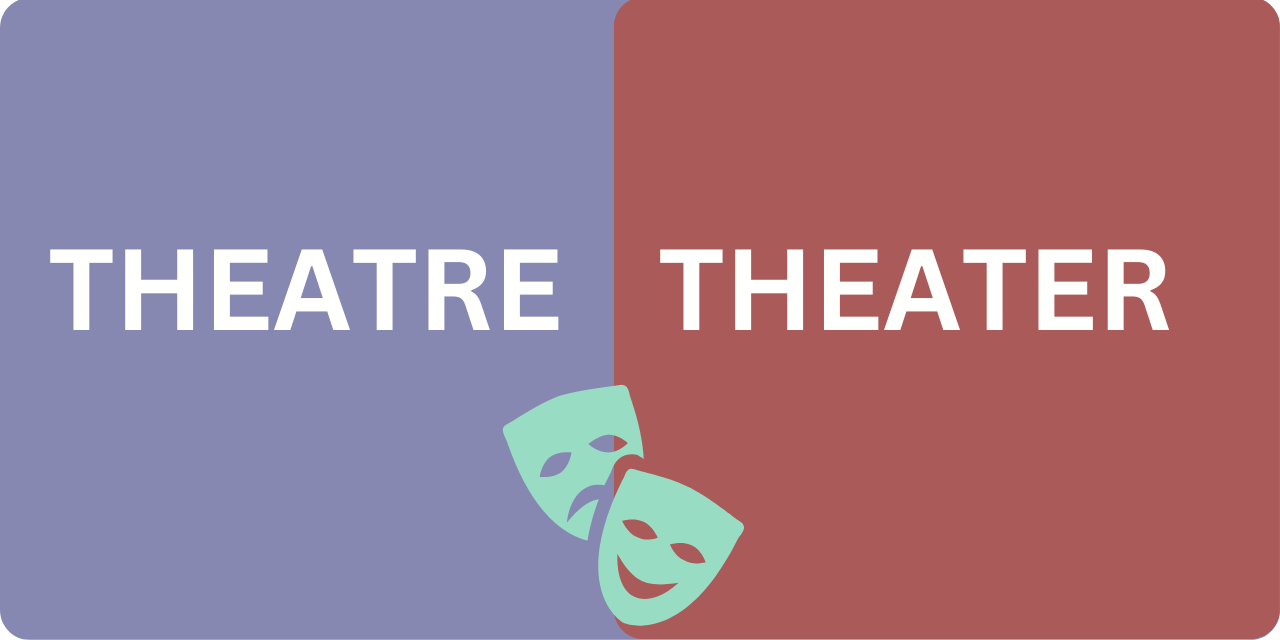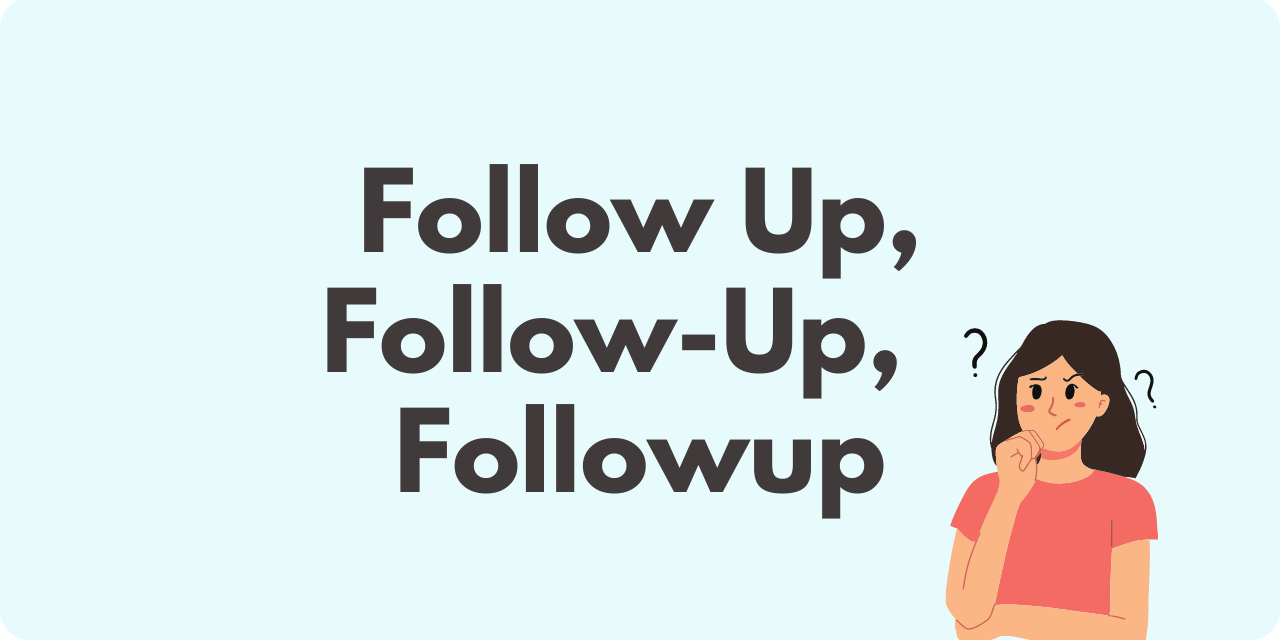How would you describe someone’s hair when it is light in color? Would you say it is “blond,” or would you say it is “blonde?” In truth, both adjectives mean the same thing, but why do we have them?
Where Did “Blond” And “Blonde” Originate?
Interestingly enough, until the turn of the 13th century, English had masculine and feminine words, similar to other languages such as Italian and German. Although most of the gendered terms were made universal, a few stuck around. This is exactly the case with “blond” and “blonde.”
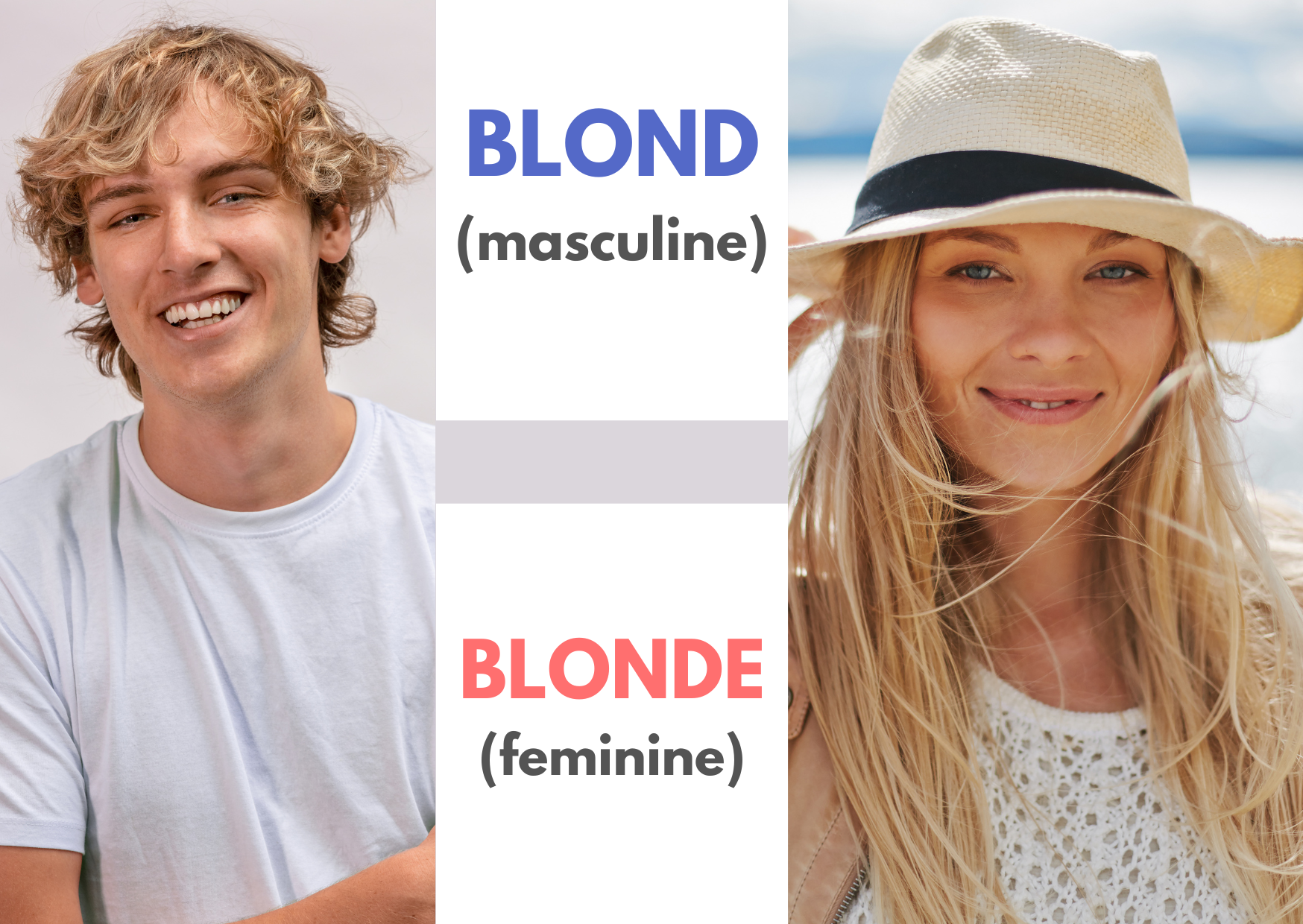
Just like other languages, these old English words tend to add an “-e” at the end of words when a woman is being described. Hence, a man with light yellow hair would be described as “blond,” and a woman would be “blonde.”
Do We Use Blond Or Blonde In Today’s Writing?
A few usage guides have distinct recommendations when it comes to using these two worlds in a modern context. Generally, many American guides, including AP, will recommend using “blond,” whereas most British guides recommend using “blonde.”
The Chicago Manual of Style uses “blonde” as an adjective to describe a female:
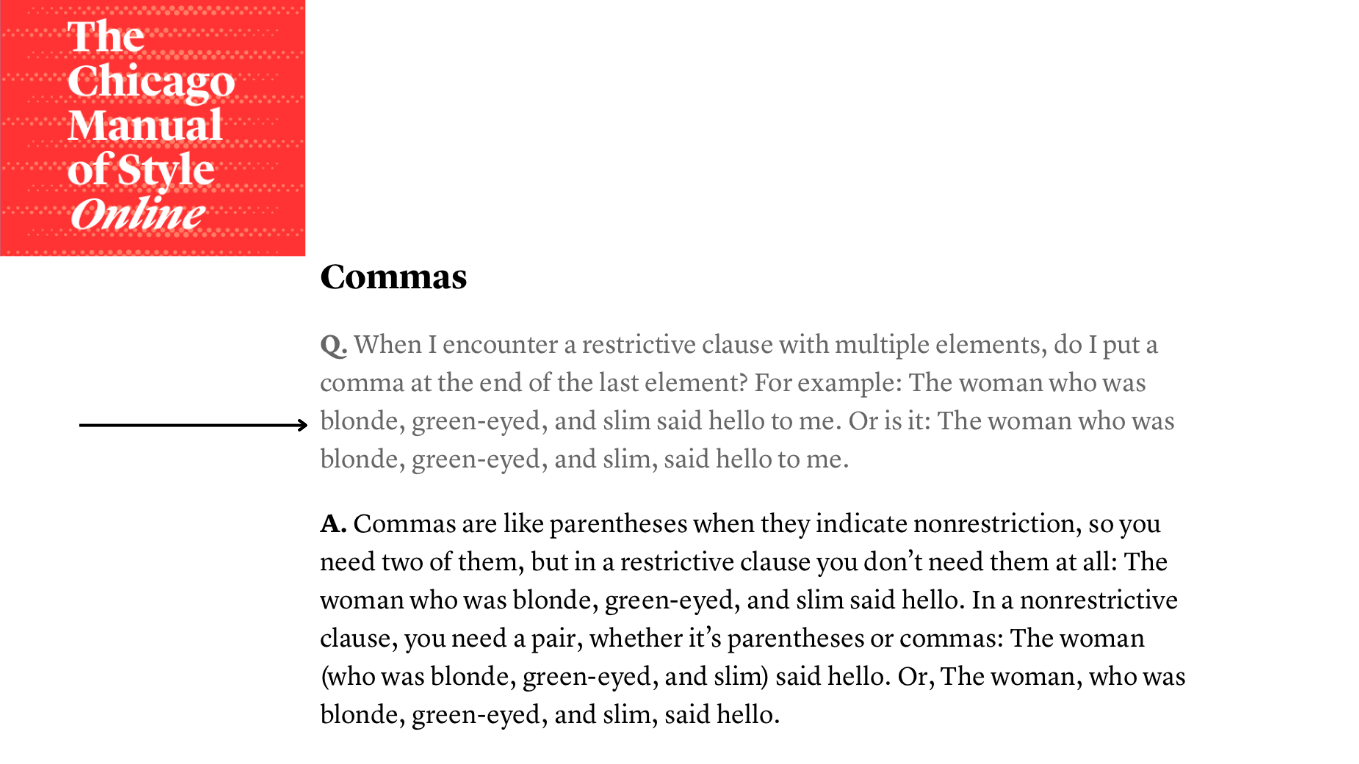
The Takeaway
Originally, blond referred to males while blonde referred to females and originated from the French language. Today, the stylebook, AP and the Chicago Manual of Style uphold the gender differentiation. However, to avoid any possible sexist connotations, it is advised that “blonde” should not be used as a stand-alone noun, as in “The blonde at the counter was very friendly.”
Examples From Reputable Sources
In 1931, Shirley was enrolled in a dance school in Los Angeles, where she was spotted by a studio agent. With her blonde hair styled in ringlets in imitation of the silent film star Mary Pickford, she was signed by Educational Pictures to appear in a series of one-reelers called Baby Burlesks, imitating films by Marlene Dietrich and other stars. – The Guardian
In Colorado, a cheery hippy family is shown living in a school bus, while the show’s emblematic image is of an Arizona hitchhiker with patched jeans and long blond hair perpetually waiting for his ride to come.Even if pollution is not central to all the photographs here, it lurks on the edges. – The Economist

